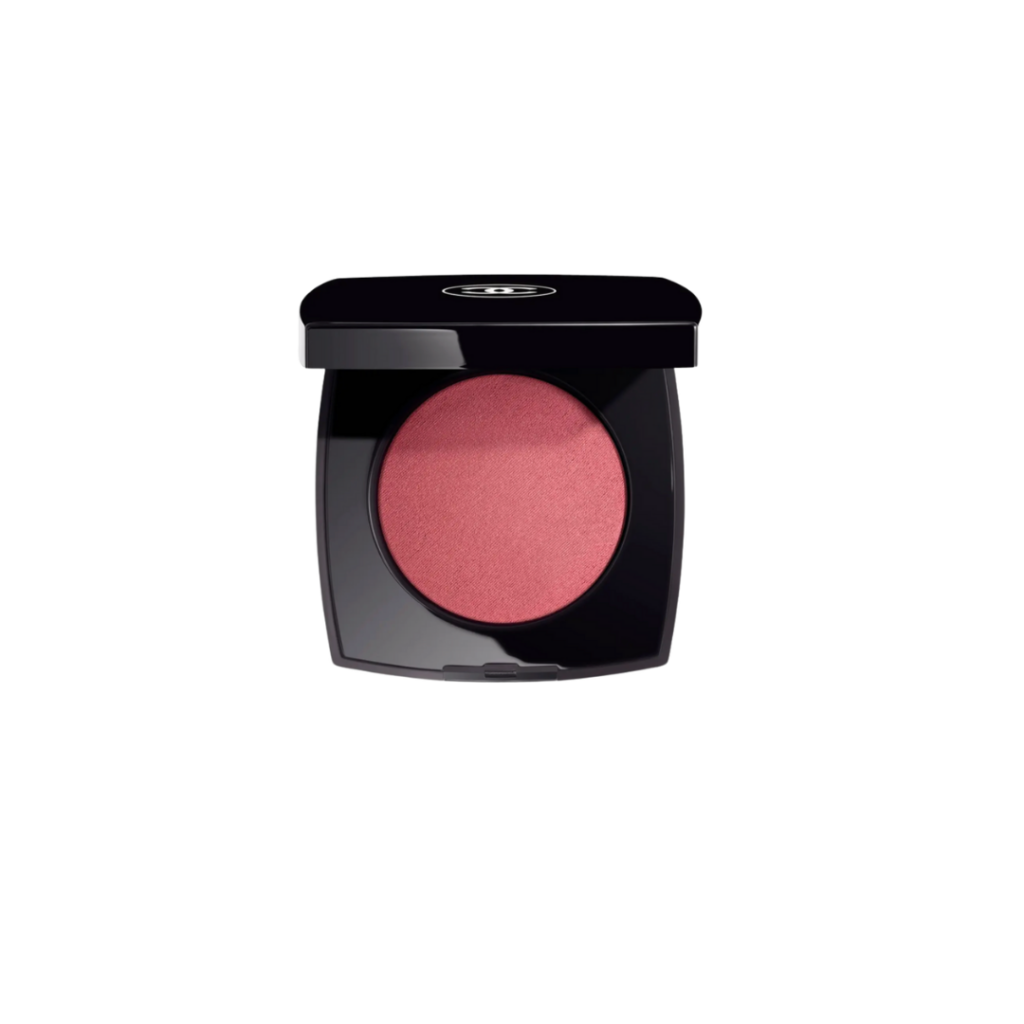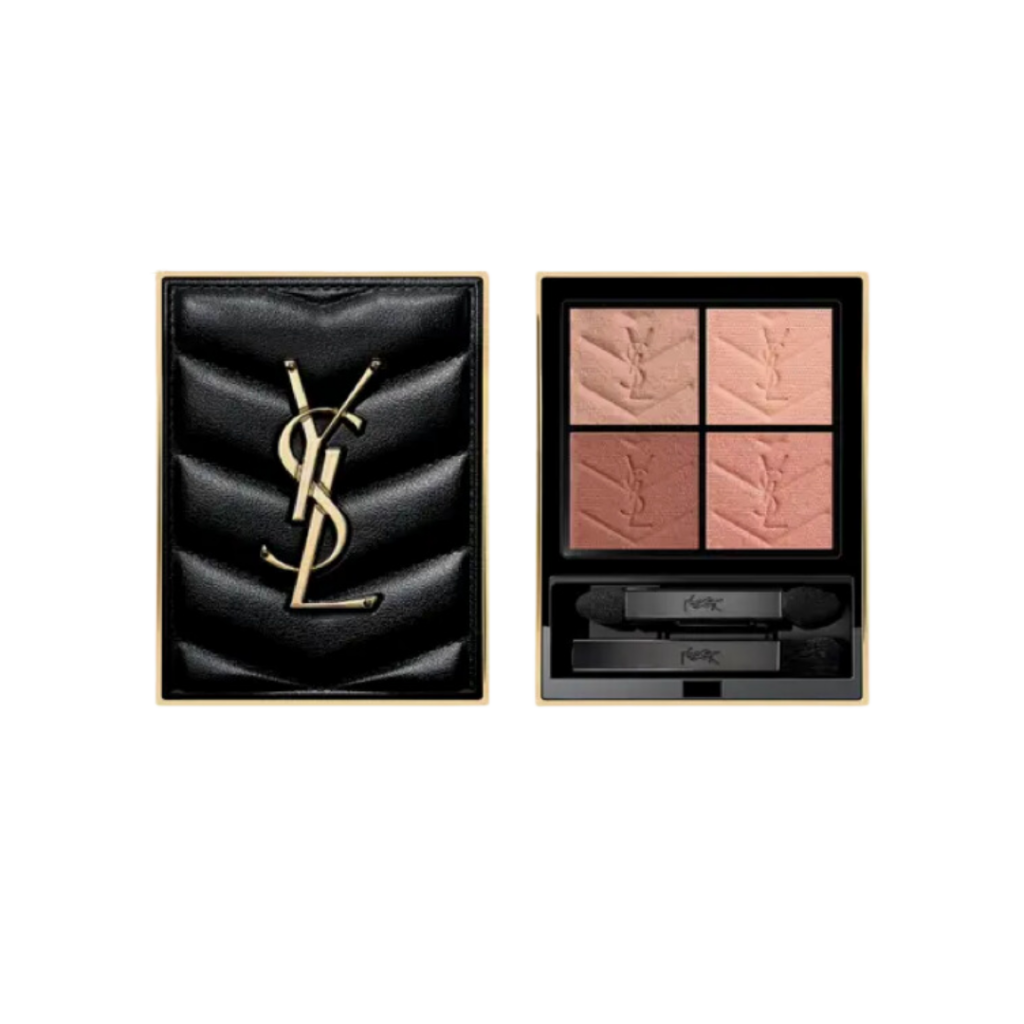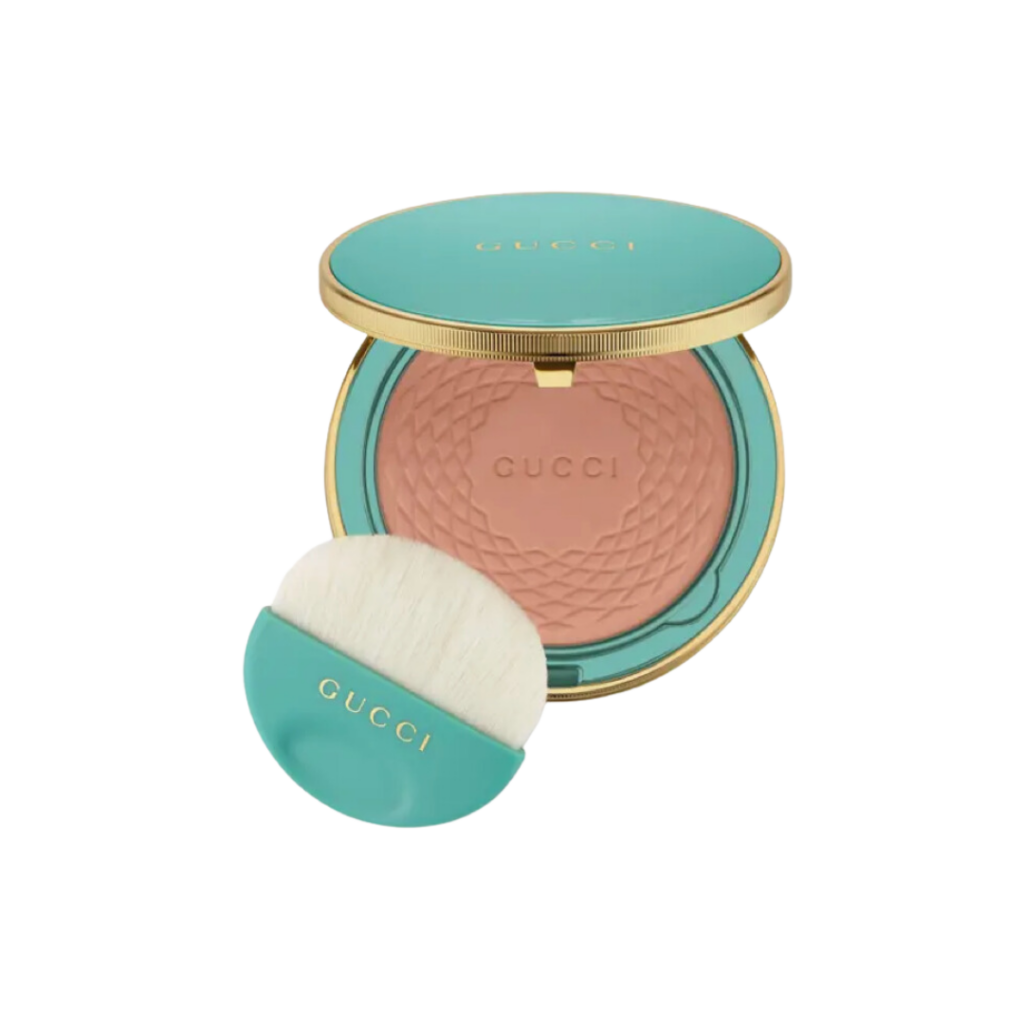The new year is here, meaning it’s the perfect time to refresh your beauty routine. Let’s face it—some of the products on your shelf have probably seen better days. Whether it’s an old sunscreen, a dried-up mascara, or a foundation that doesn’t quite match anymore, giving your collection an upgrade can do wonders for your skin and overall look. Beauty trends and formulas change–as do your skin’s needs–so why not start the year with products that’ll keep up?
Speaking of changes, beauty products don’t last forever, and using expired ones can reduce their effectiveness and irritate skin. Over time, formulas break down and ingredients lose their potency, which is why keeping track of their shelf life is important. For example, moisturizers, serums, and other skincare products with active ingredients like retinol or vitamin C become less effective after a few months, while makeup products like foundations, lipsticks, and mascaras can change in texture, application, and finish once they’ve expired. To spot expired products, look for texture changes, strange smells, or discoloration. You can also check the Period After Opening symbol, which looks like a small open jar with a number inside (yep, that’s what it means!).
With that in mind, keep reading to find out which products are due for a refresh this year.
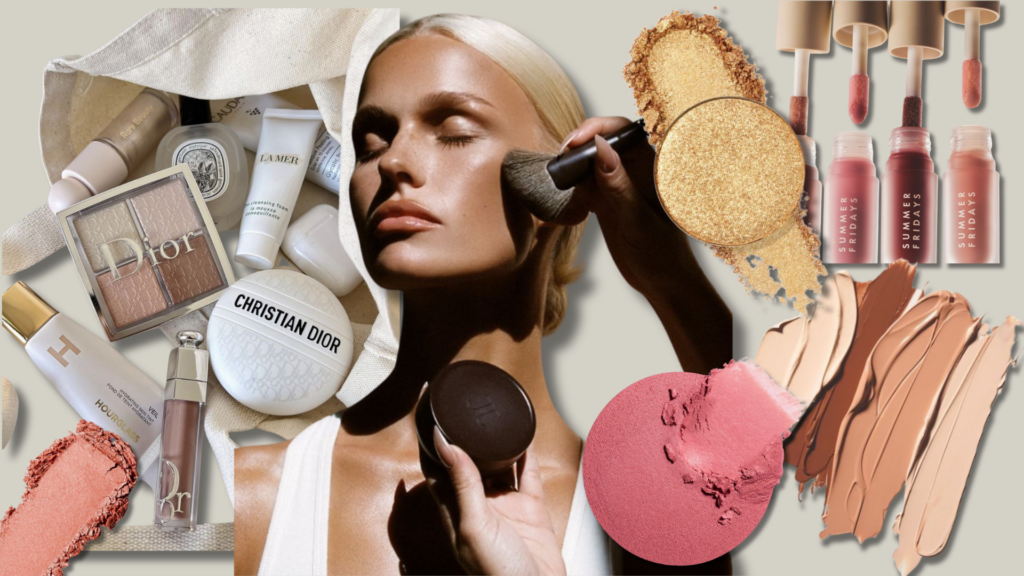
Mascara & Liquid Eyeliner
Mascara and liquid eyeliner are hands down the fastest to expire, so they need to be replaced every three to six months. These products are super vulnerable to bacteria buildup since they’re often exposed to air and come into contact with the eye area. Over time, the formula can thicken, dry out, or start to smell off. When this happens, the products can lose their effectiveness and even cause irritation, leading to eye infections, allergic reactions, or just general discomfort. If your mascara starts to flake, clump, doesn’t glide on as smoothly as it used to, or if the scent changes, it’s definitely time for a fresh tube.


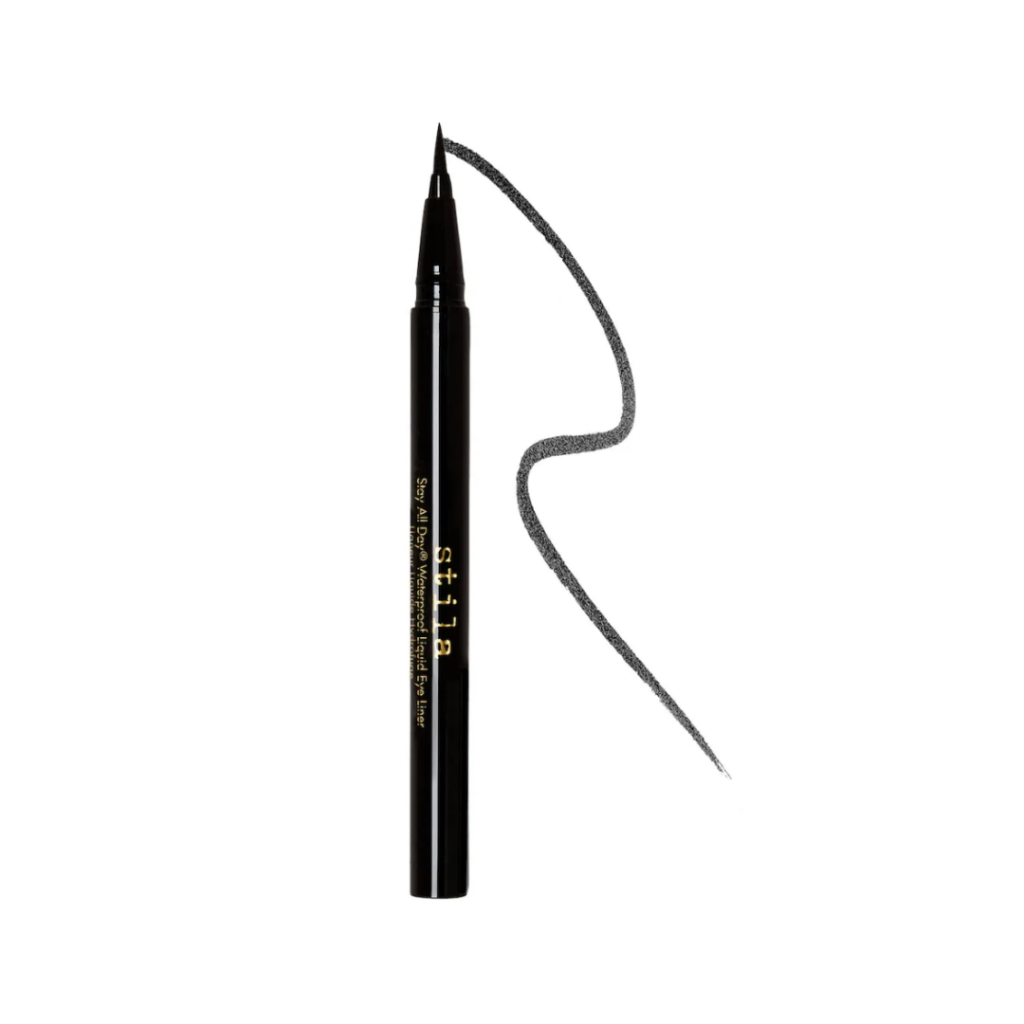
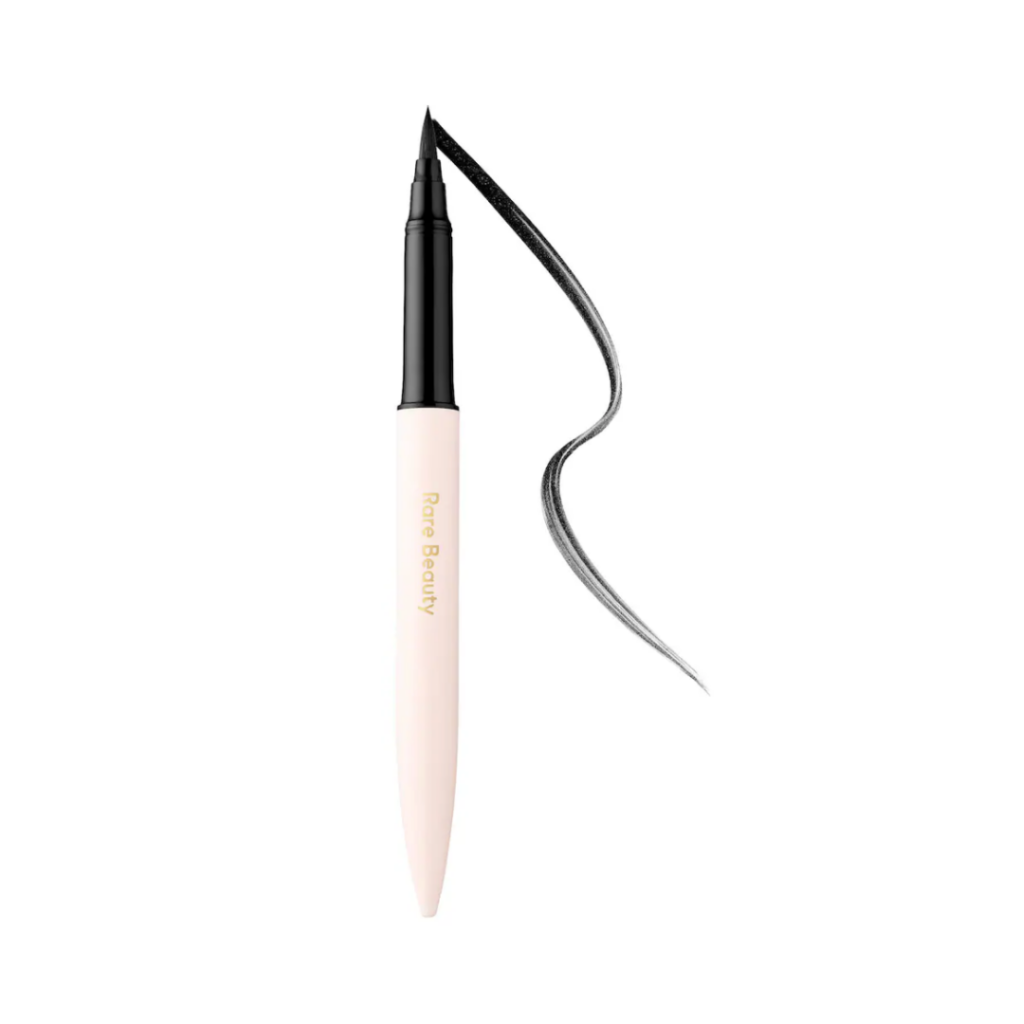
Lip Gloss & Lip Products
Lip glosses and other lip products like liquid lipsticks and balms don’t last very long—usually around six to 12 months. Since they’re moist, they’re a breeding ground for bacteria, which is why they can change in texture or smell over time. If your lip gloss starts separating, looking cloudy, or gets sticky, it’s time to toss it. Lipsticks can also go bad if they start smelling funny, tasting weird, or getting hard spots. Keeping these products fresh not only helps avoid infections but also makes sure they go on kissably smoothly every time.
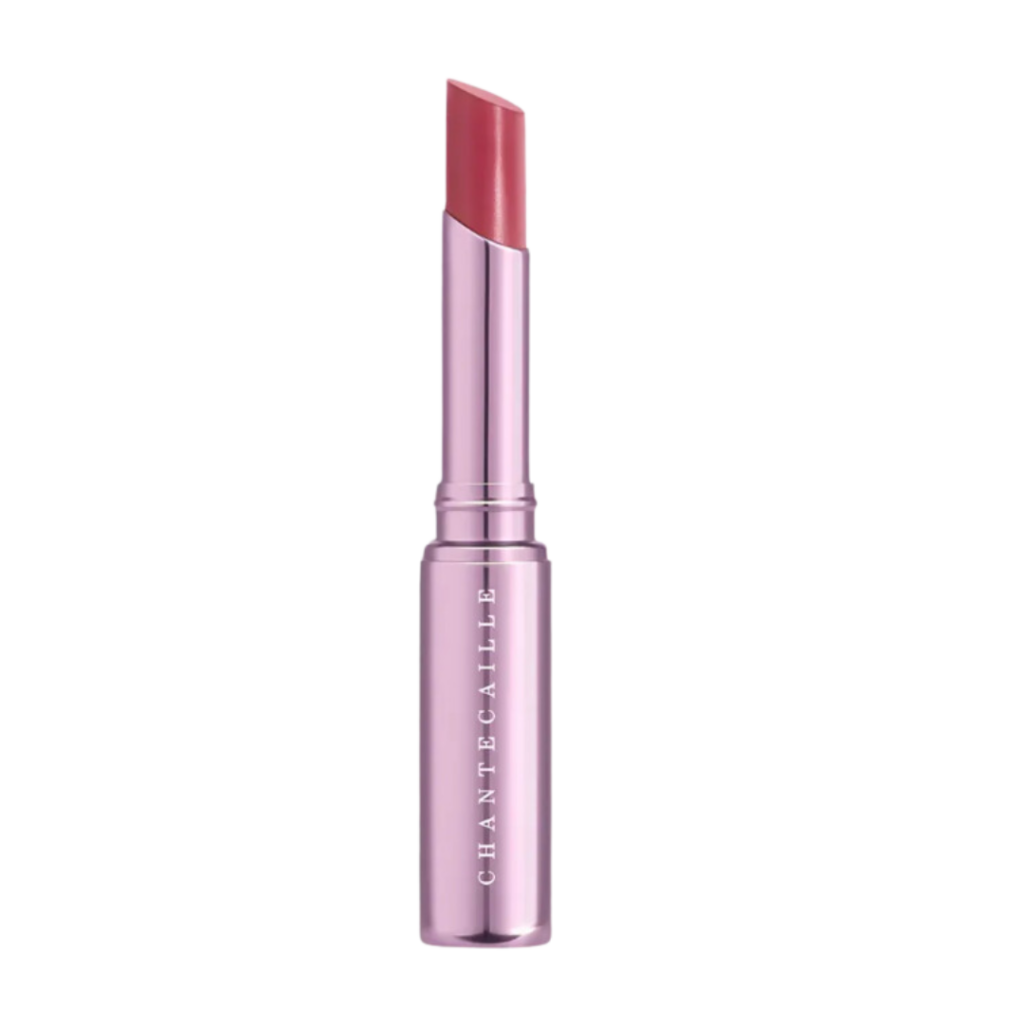
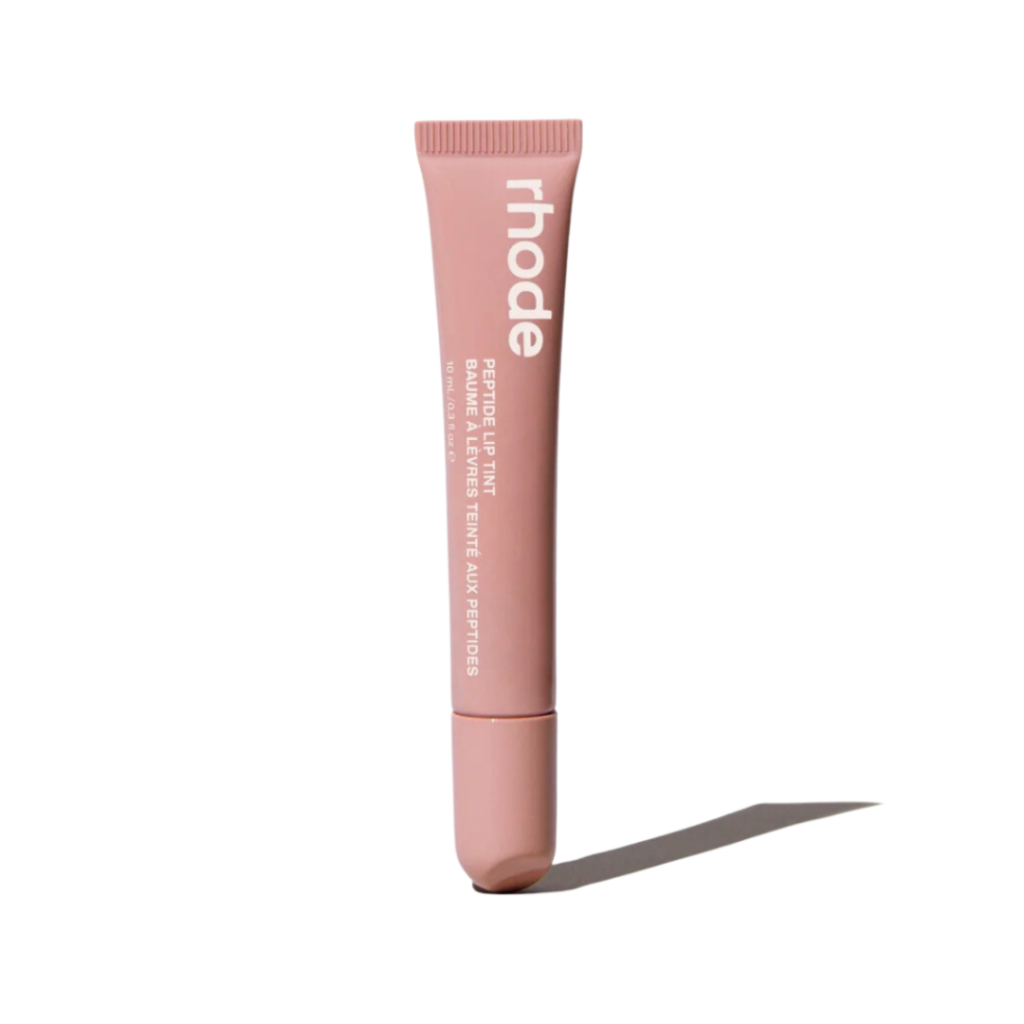
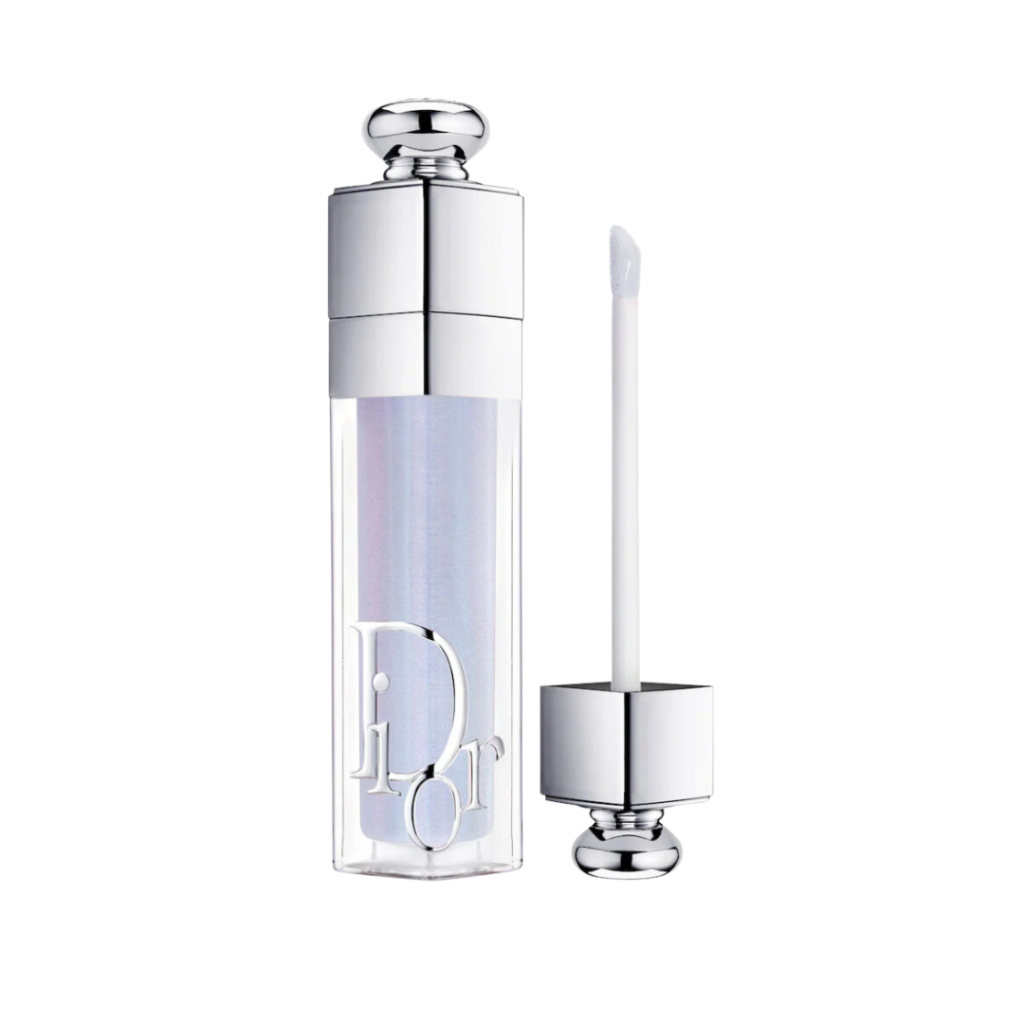


Sunscreen
As any beauty buff knows, sunscreen is a must-have in any routine, meaning it’s essential to keep it fresh and effective. Since it doesn’t last forever, be sure to replace it every 6-12 months once opened. Whether you use a mineral or chemical formula, the active ingredients break down over time, reducing their protective power. (Mineral sunscreens work by forming a physical barrier on the skin to reflect UVA and UVB rays, while chemical sunscreens absorb those rays and convert them into non-damaging heat. If you notice changes in color, texture, or smell, it’s time to get a new bottle. Always check the expiration date, and store your sunscreen in a cool, dry place away from heat and direct sunlight to extend its shelf life.
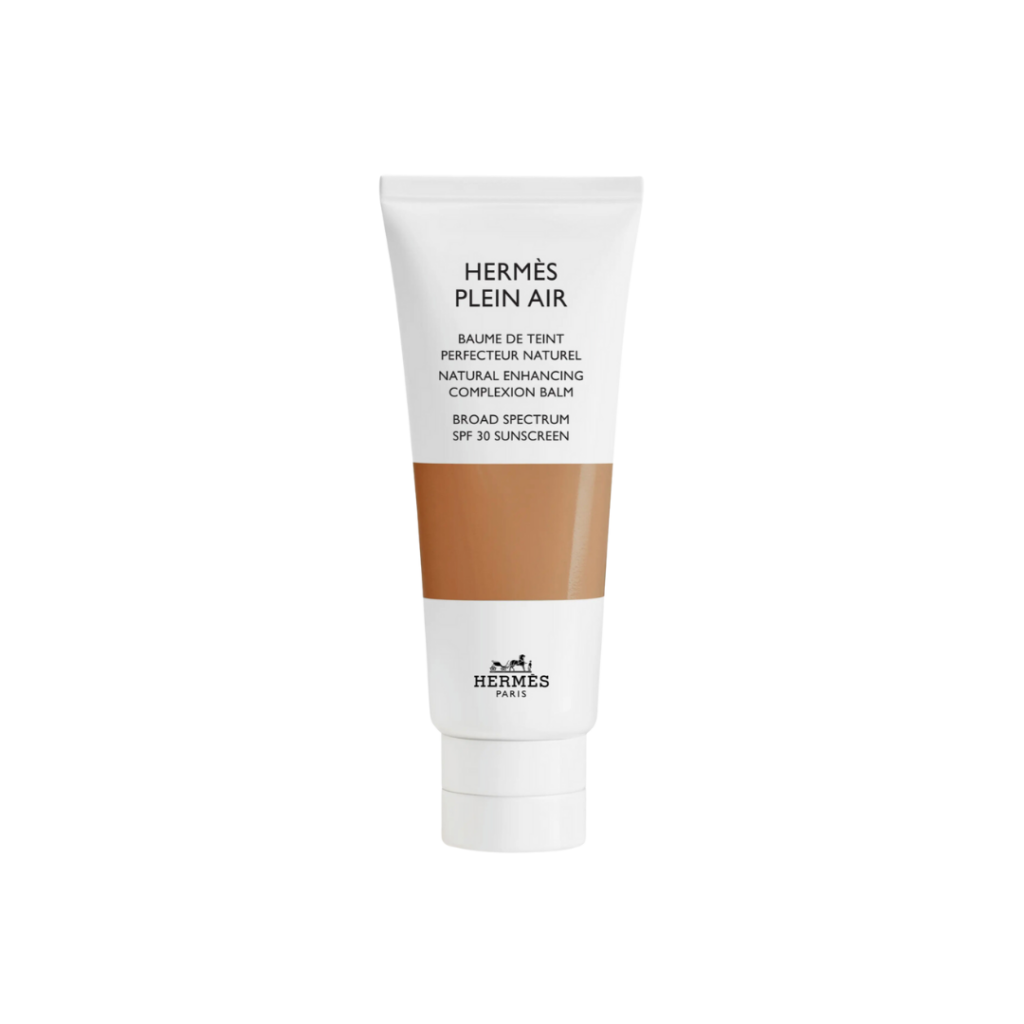
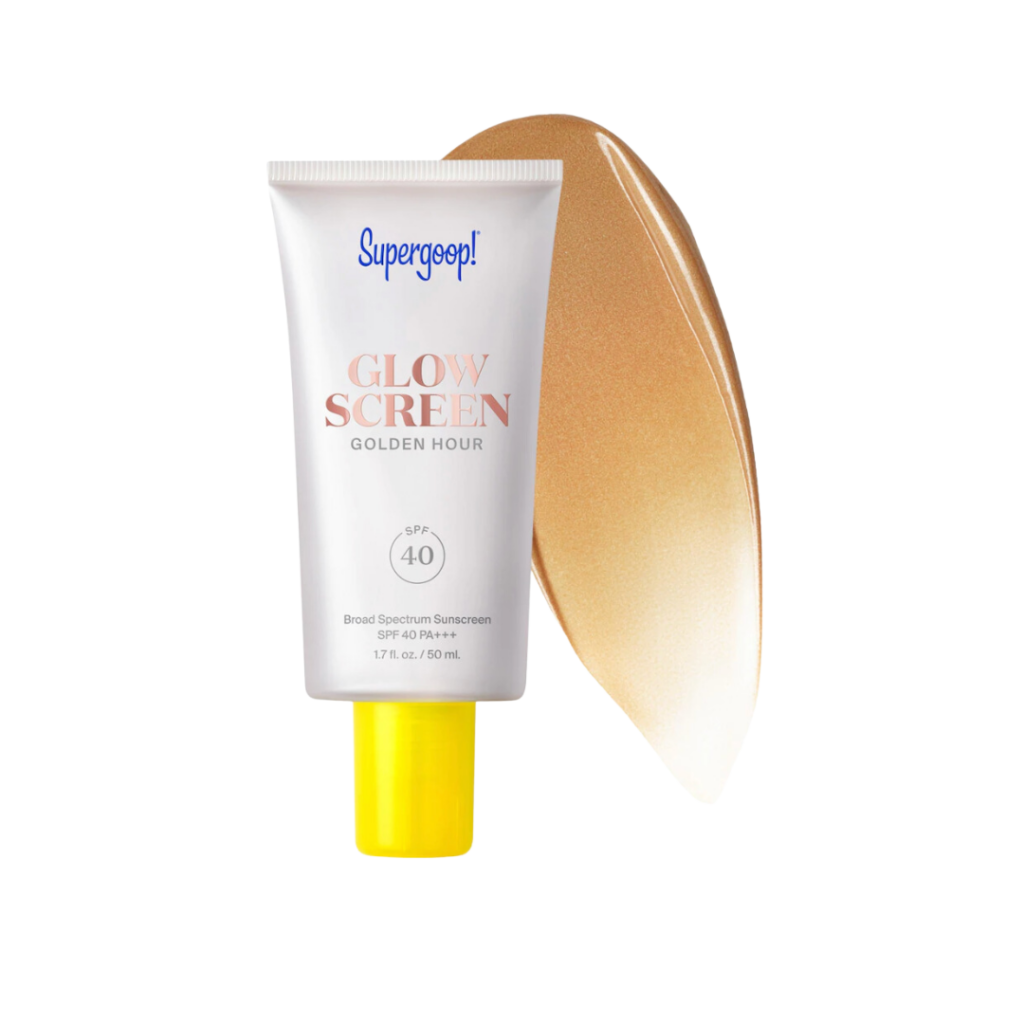
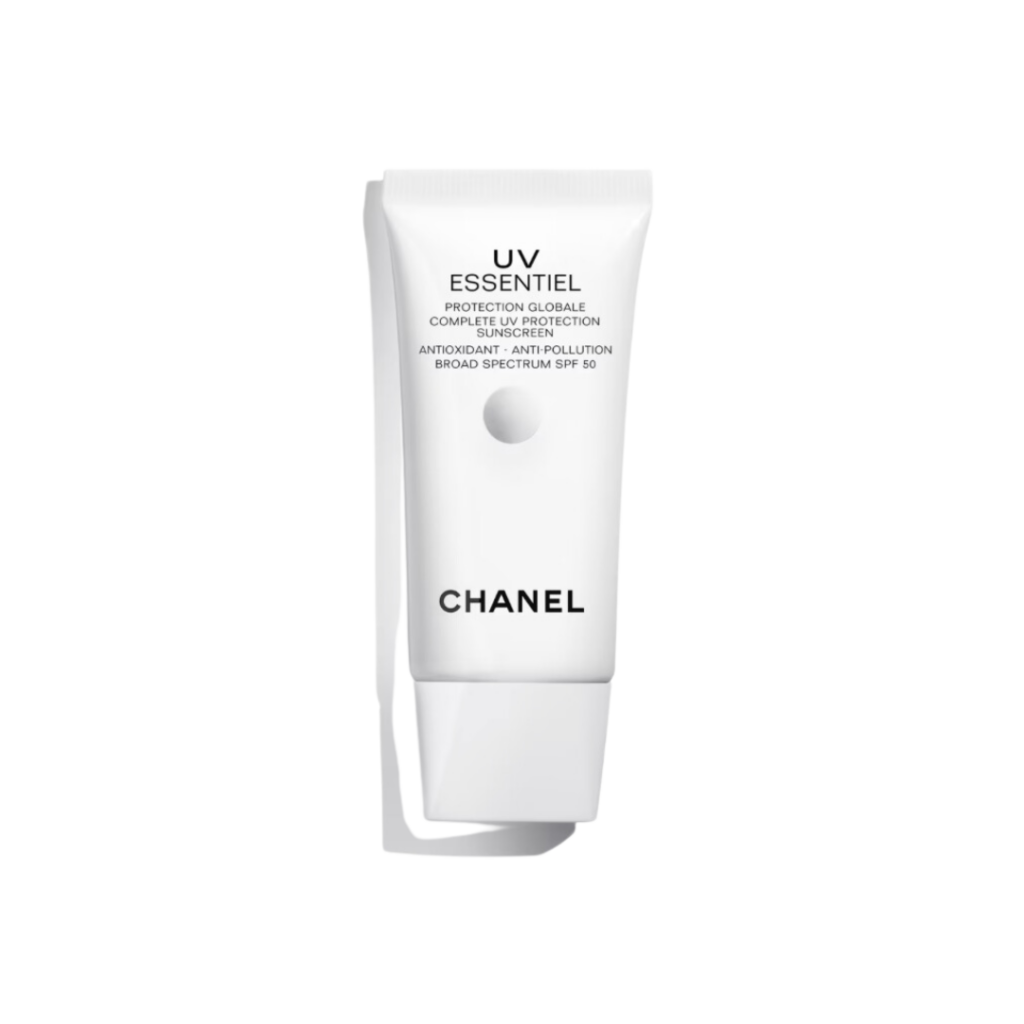
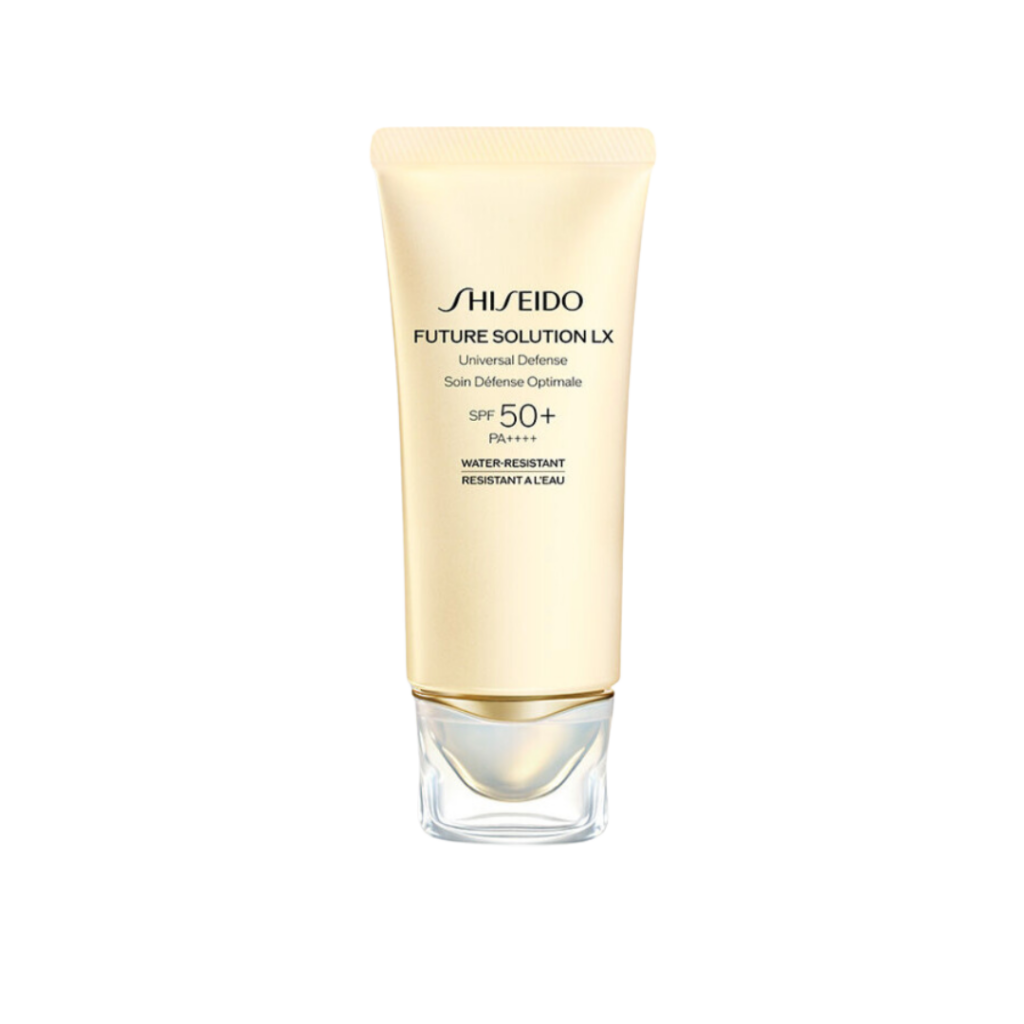
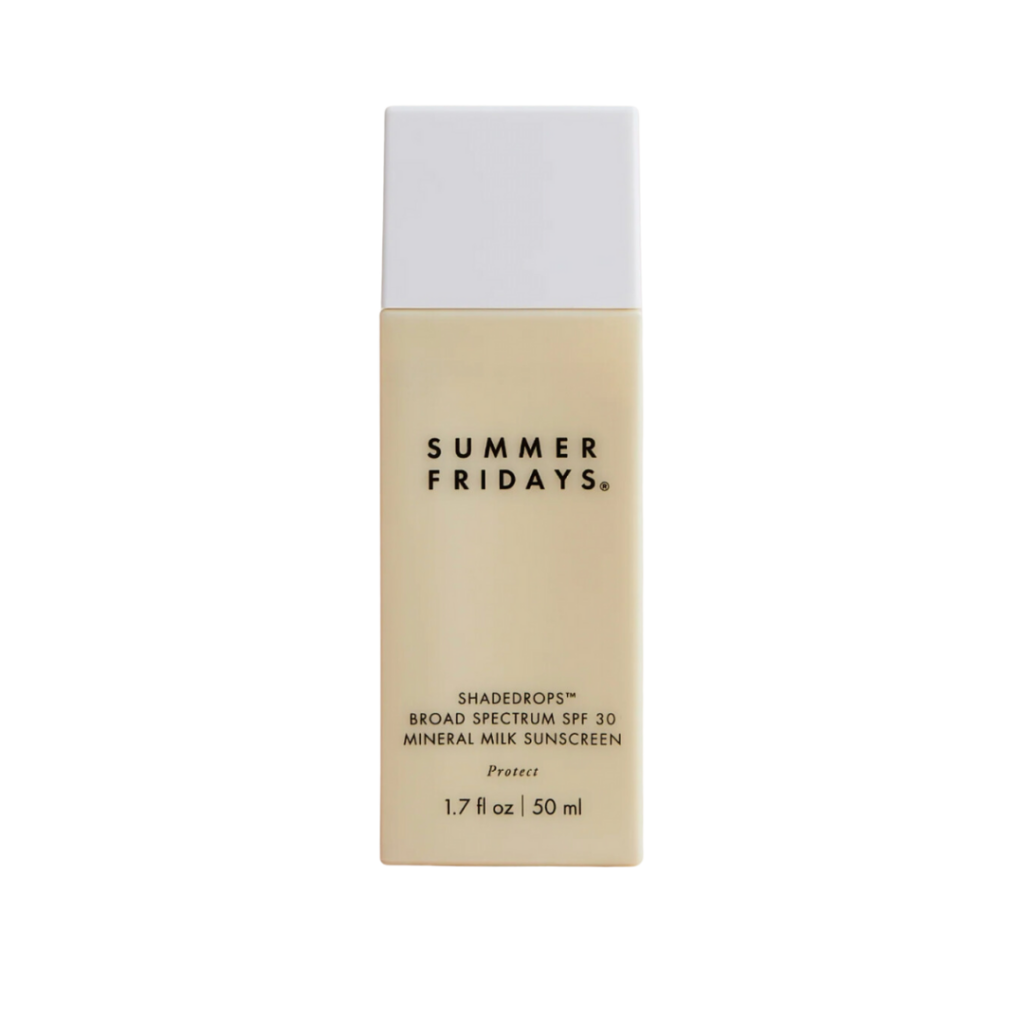
Skincare Products with Active Ingredients
Skincare products with active ingredients like vitamin C, retinol, or AHAs can lose their effectiveness after being opened anywhere from three to six months. These powerhouse ingredients are great for targeting specific skin concerns like fine lines, dark spots, and texture, but they degrade over time, especially once the product is opened. For instance, vitamin C can turn brown and lose its brightening power, while retinol may become less effective at promoting cell turnover. AHAs can also lose their exfoliating properties, making them less effective at sloughing off dead skin. Using expired active ingredients can not only reduce the benefits you’re getting but also lead to unwanted irritation, so be sure to replace these products regularly. Pro tip: To get the most out of your potent ingredients, store them in a cool, dark place (even the fridge can help extend their shelf life) to slow down the degradation process.
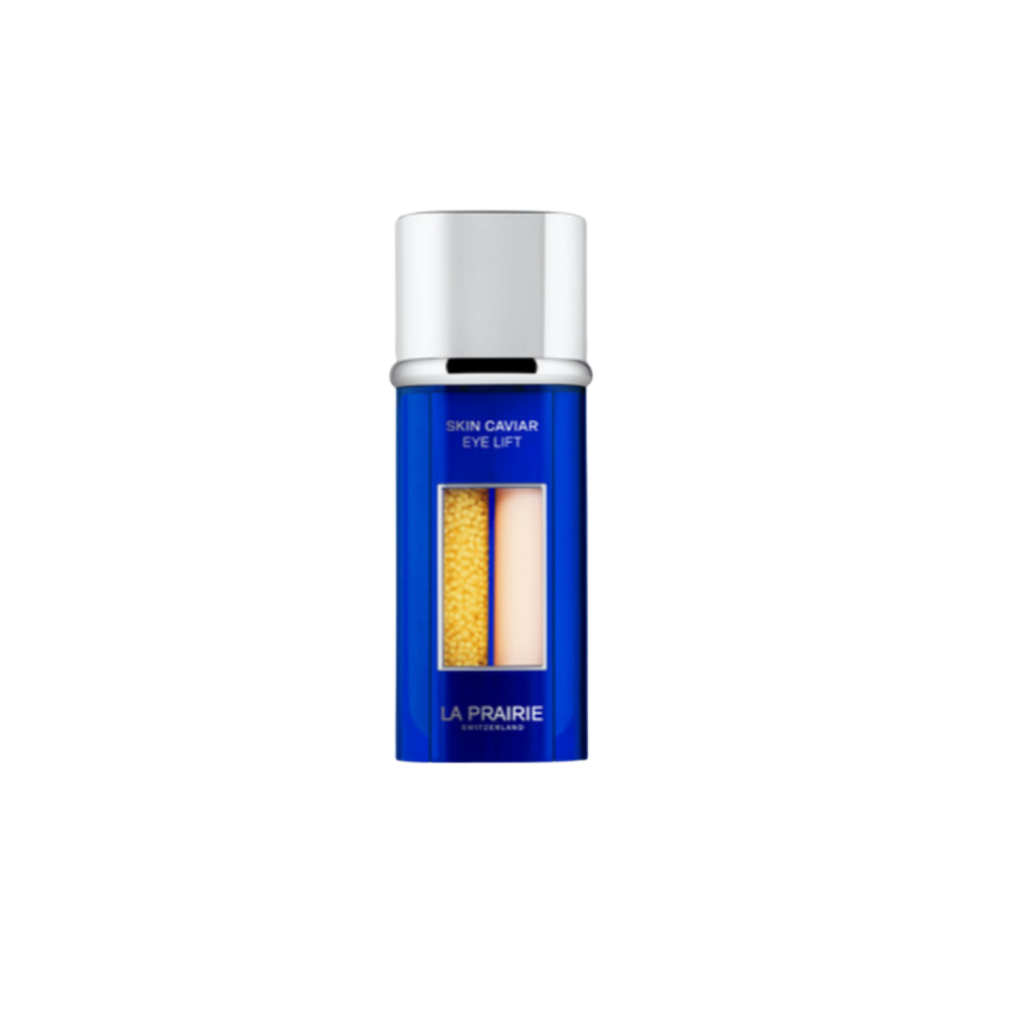
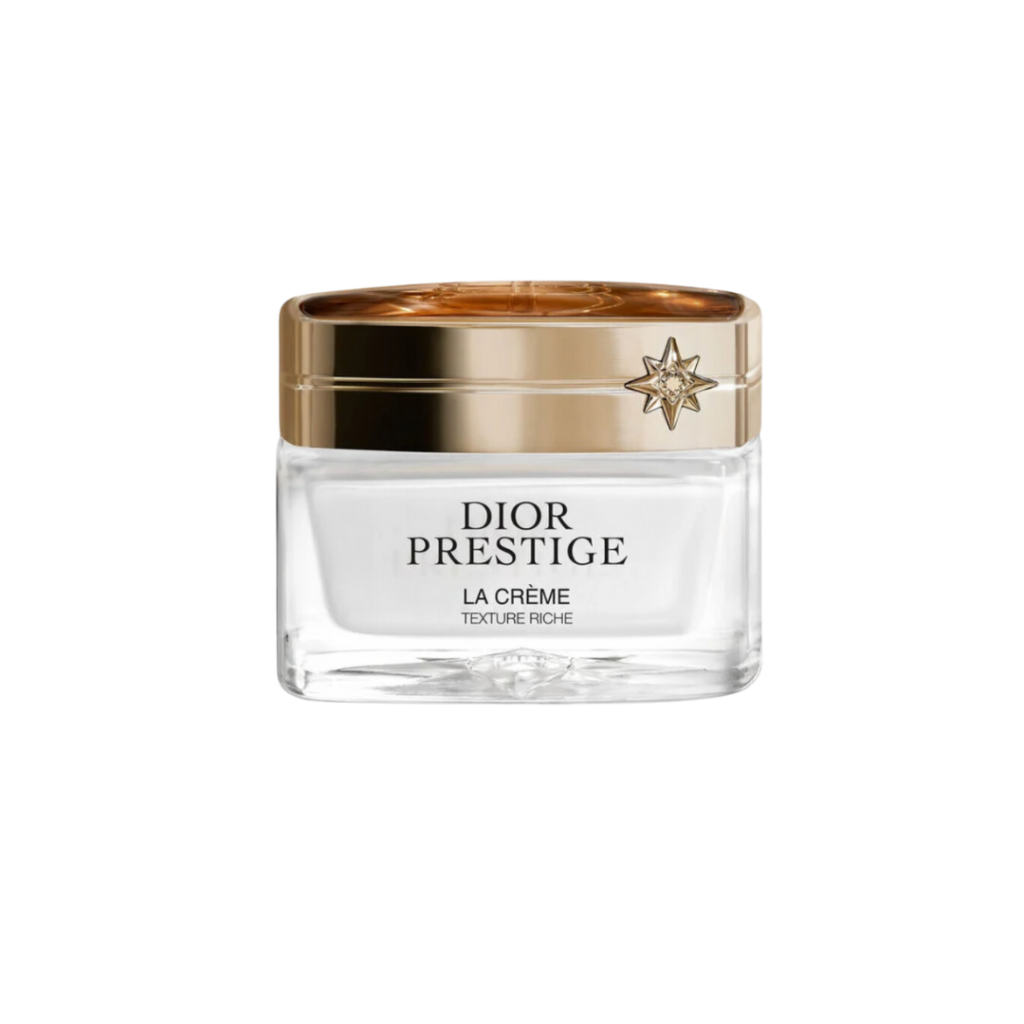
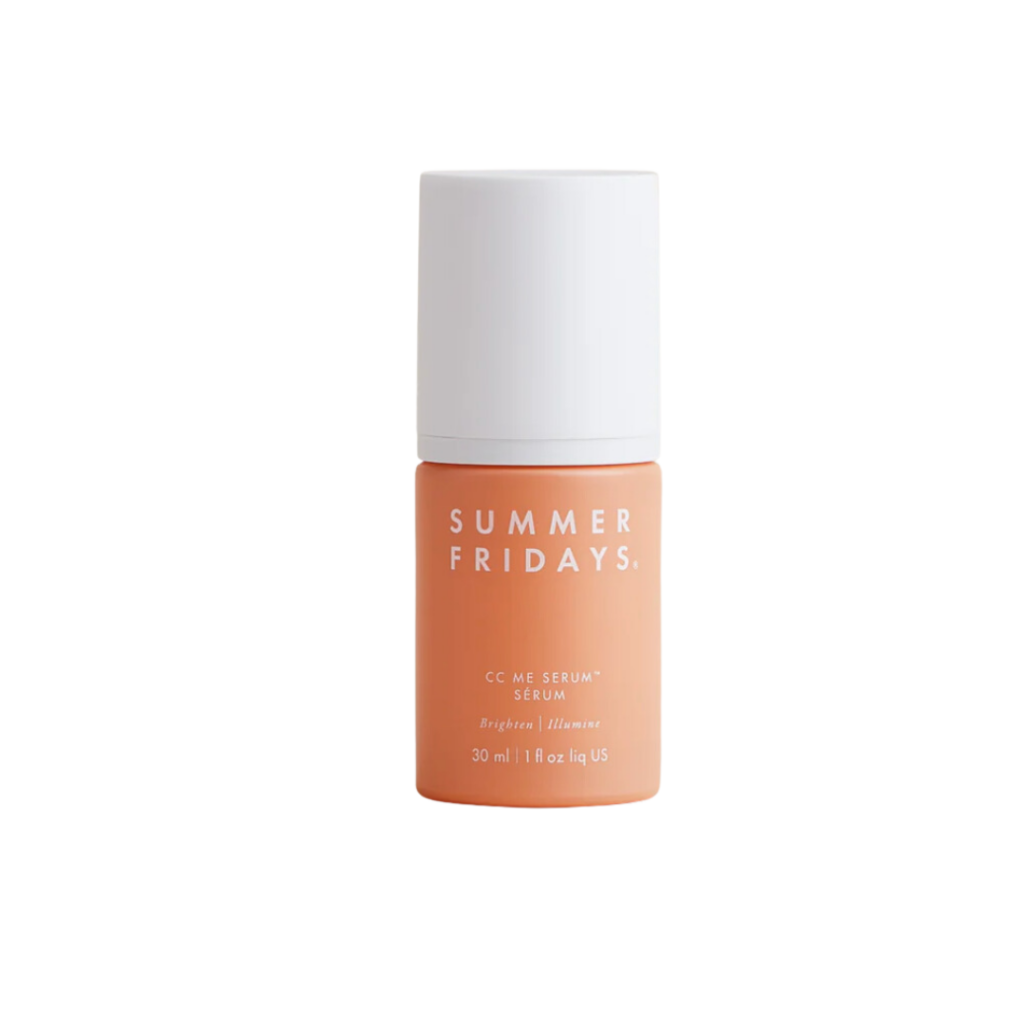
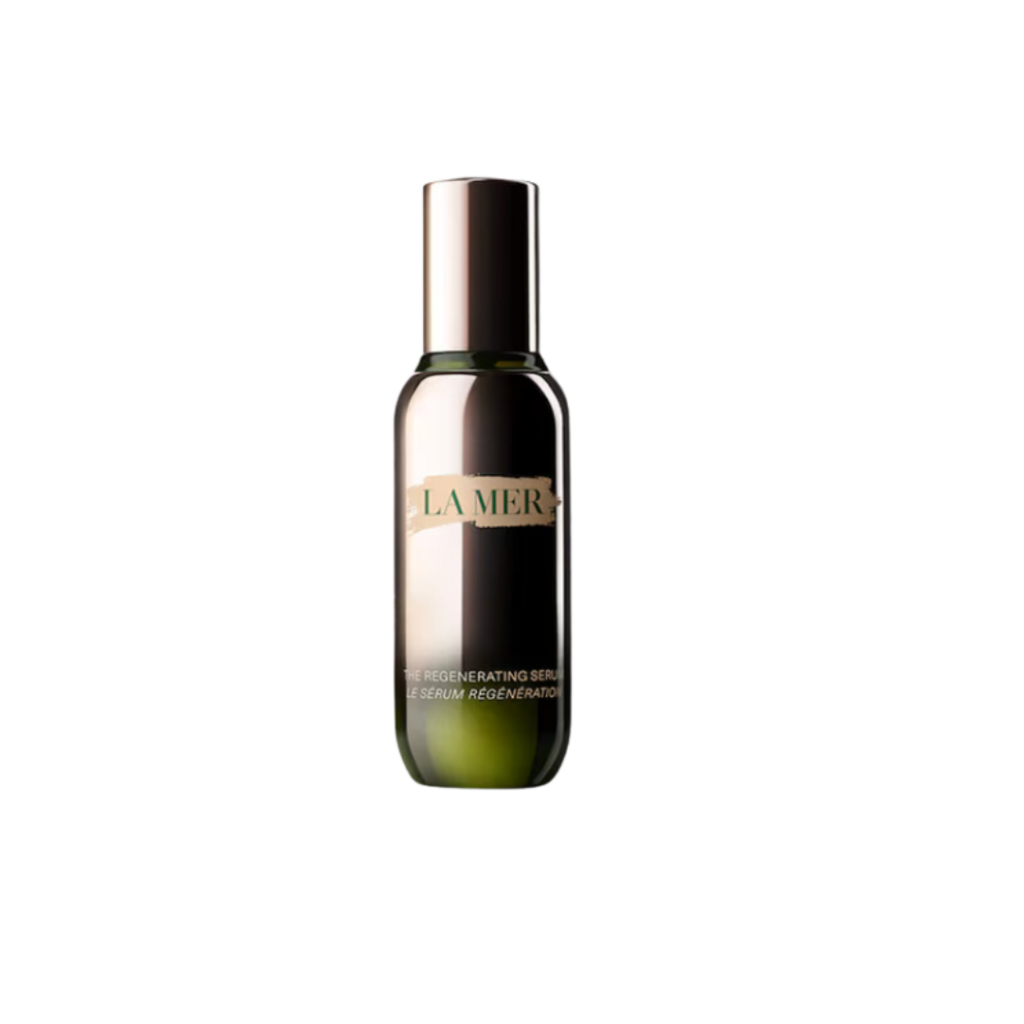
Liquid Foundation and Concealer
Liquid foundations and concealers usually last about six to 12 months, but how long they stay good can depend on the formula. Oil-based foundations tend to last longer than water-based ones, since water-based formulas are more likely to grow bacteria. Foundations with extra skincare ingredients, like hyaluronic acid or antioxidants, may go bad faster because those actives break down over time. Concealers with more moisture or hydrating ingredients also don’t last as long as drier, matte ones. Always keep an eye on the texture and smell of your products—it’s a good way to tell if they’ve expired.
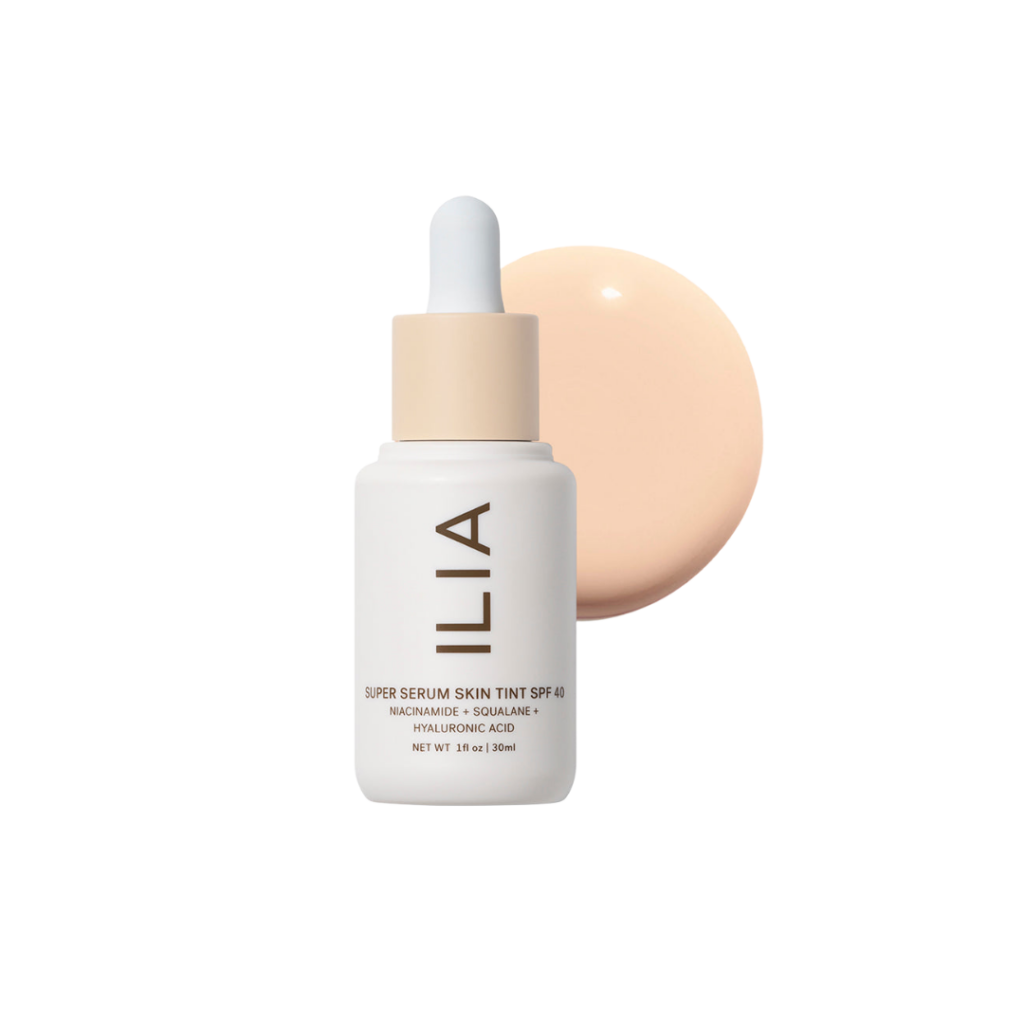
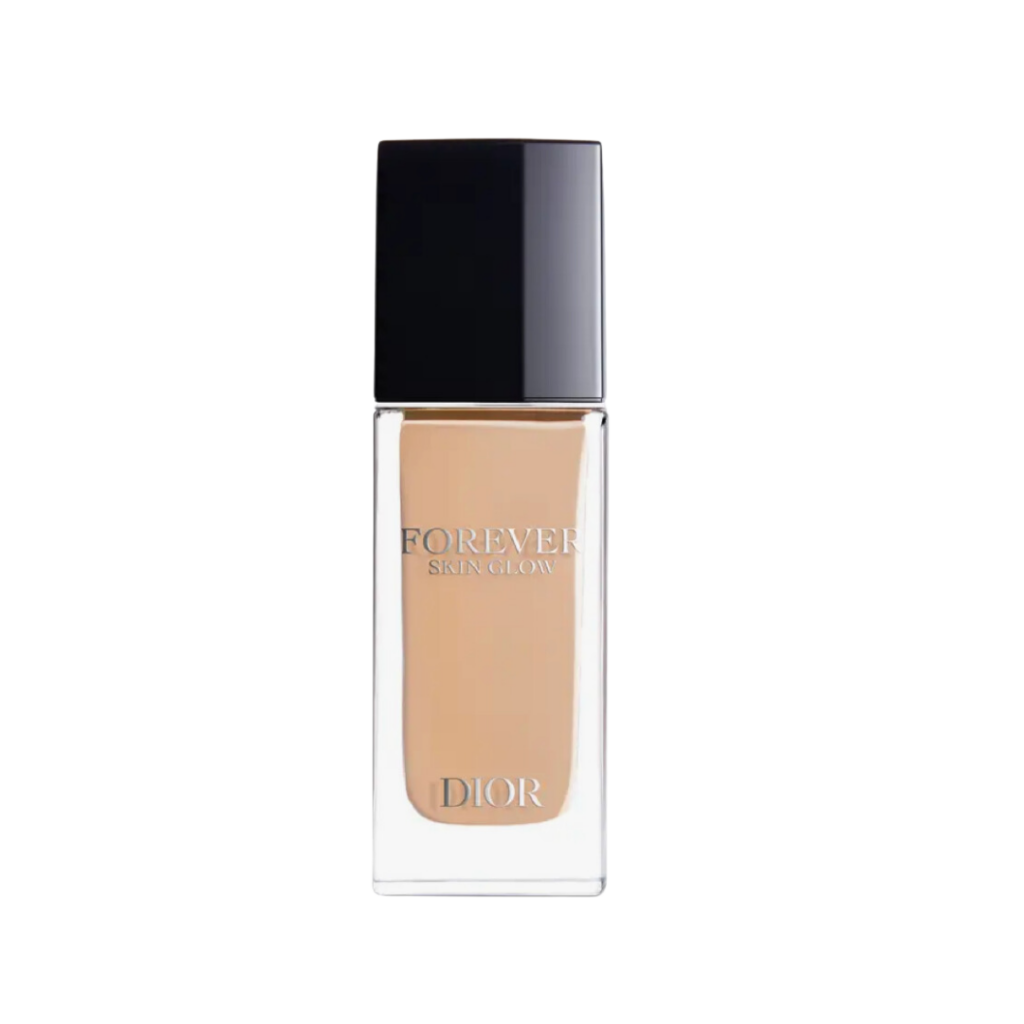
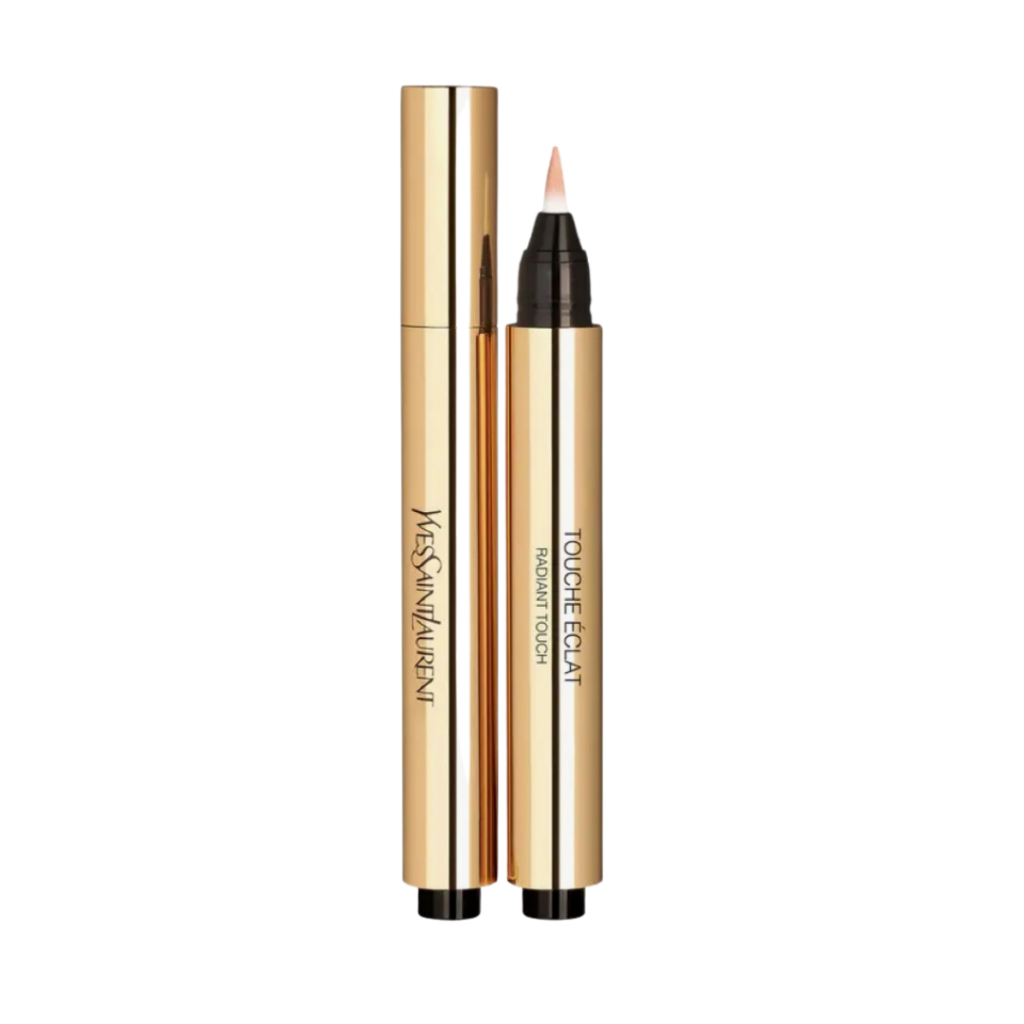
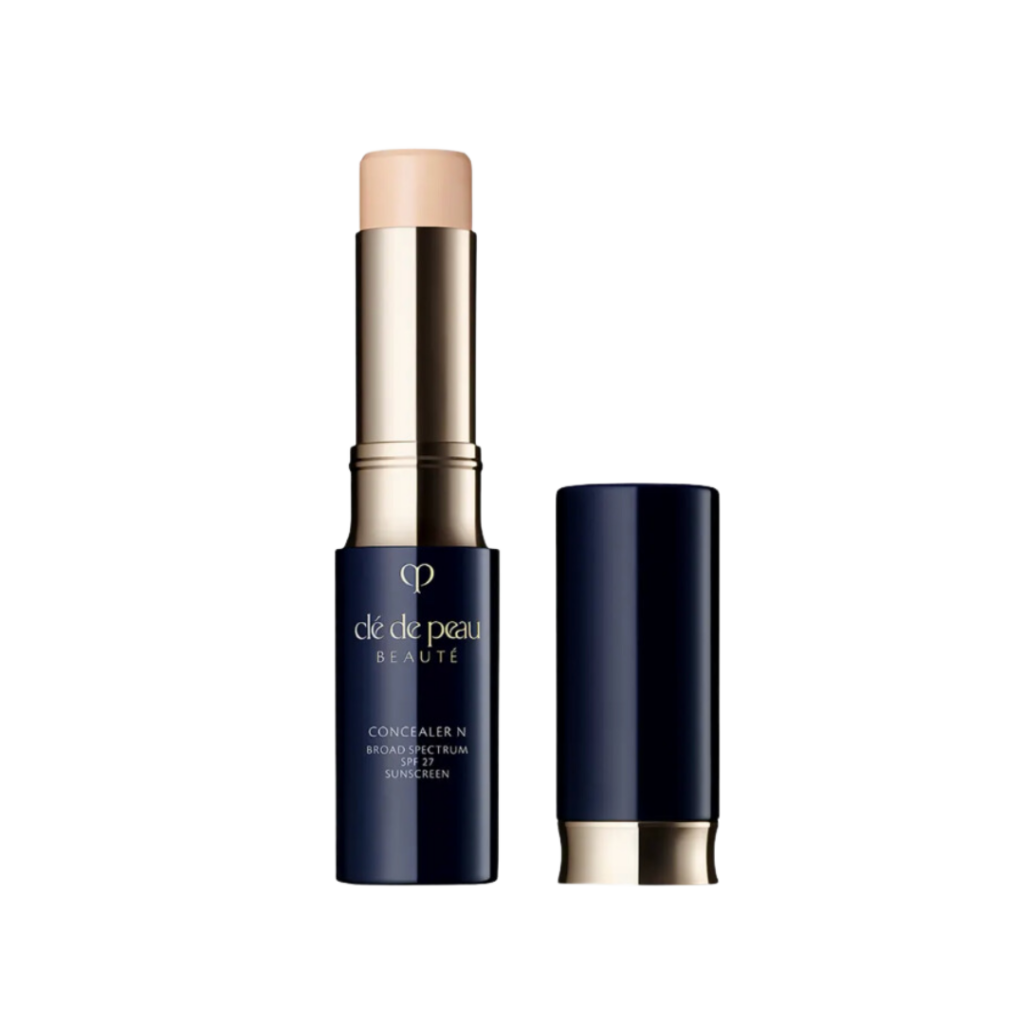
Powder Products (Blush, Eyeshadow, Bronzer)
Powder products like blush, eyeshadow, and bronzer tend to last longer than liquids, usually about one to two years. But over time, they can lose their pigment, get harder to apply smoothly, or even crumble into a mess. While powders don’t harbor bacteria like creams or liquids, it’s still a good idea to replace them if they’ve dried out, changed color, or started irritating your skin. If your favorite eyeshadow is looking more dull than usual or your bronzer has a strange texture, it’s best to start fresh. A new product will not only apply better but also give you the smooth finish you’re looking for.
